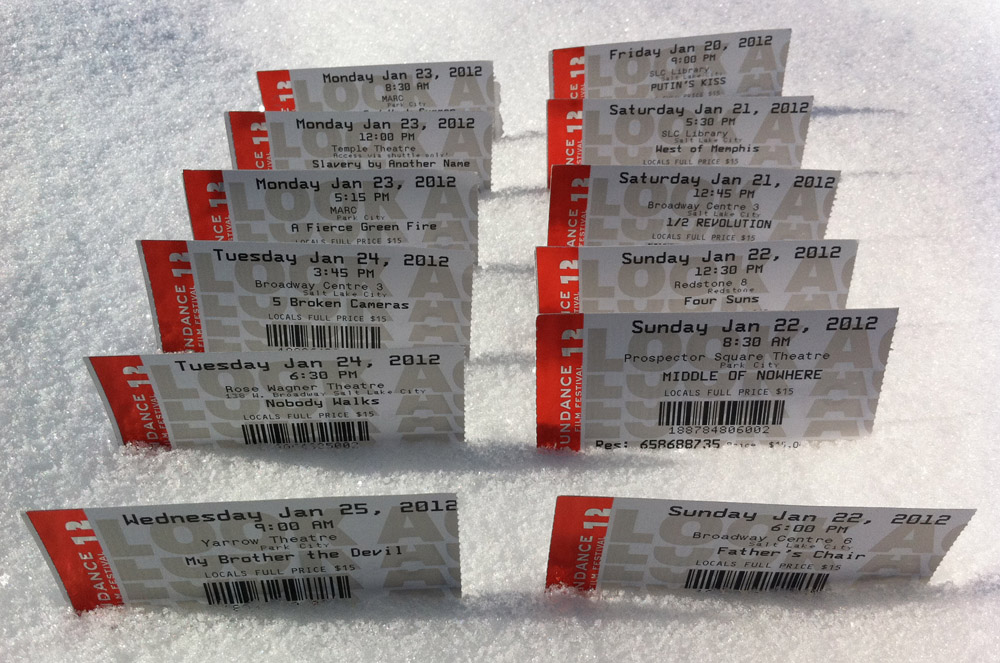Earlier today I accidentally stumbled upon some notes on my iPhone from a trip to Sundance 2012. Proper Manky was blogless at that time last year so they are belatedly posted now below.
The Stops Along The Trip
© 2012 Proper Manky
Starting from the 2012 Sundance Film Festival in Park City, Utah, TLMW, SA, and I went on cinematic whirlwind tour around the world. Our first stop was Russia (Putin’s Kiss) to get an in-depth view of a pro-Putin nationalist youth movement shockingly similar to the organization and methods of the Hitler Youth. We followed a young girl from becoming famous for kissing Putin, to intensely idolizing her ruler, to eventually becoming disillusioned when a friend of hers, a journalist opposing the government, is beaten up by a pro-Putin gang. With its close-up coverage of shifting loyalties and political manipulation, the film provided some disturbing views into the many methods of an oppressive regime.
Next, we got a handheld, street-level view of the Arab Spring in Cairo (1/2 Revolution) from two Egyptian filmmakers who, along with their families and friends, became embroiled in the first two weeks of protests around Tahrir Square. The shaky and occasionally blurry pictures gave the film an urgency and immediacy that made us feel as if we had been right there in the middle of the non-violent protests, making the brutal response from the government and armed forces feel personal and all the more difficult to bear. In the end the film become somewhat tried with its overly self-aware focus on the apparent dangers facing the film crew.
We then returned to Arkansas in the US (West of Memphis) to follow the trials and tribulations of three innocently convicted men that illustrated both the horror and promise of the criminal justice system. The men were accused of killing three boys in what was said to have been a satanic ritual. Among the ‘evidence’ was that they enjoyed heavy metal music. It took the support of Eddie Vedder, Peter Jackson and many others more than 18 years before the West Memphis Three were set free. Absurdly, even though they were clearly innocent, they had to plead guilty as part of a convoluted legal maneuver to assure their release.
From there we went to Los Angeles (Middle of Nowhere) to follow the intense interactions between a husband sentenced to many years in prison and a wife’s love and loyalty. This was a beautifully filmed story with great psychological nuance and outstanding acting by an All-African American cast. It’s so rare to see serious dramas this moving and accomplished, so attuned to real people and their complex, recognizable emotions! After the screening, FWIW, the director told us that “black skin is very difficult to light in movies”.
After that, we were whisked away to a small village in the Czech Republic (Four Suns) where several eccentric characters struggled with their daily lives and relationships with each other. The film was full of humanity, a wry sense of humor and lots of empathy for its many imperfect characters.There’s often something poetic and absurd, not to say Kafkaesque, about Czech movies and this one featured one of the most delightful characters we encountered on our trip: Karel, a kind of shaman or new age mystic, always dressed in the same goofy sweater and slightly disheveled or disoriented who added a perplexing dimension whenever he appeared in a scene. Also, just hearing the Czech language again after so many years was an added joy. In a brief discussion after the show, the director was asked about the meaning of the film’s title and replied that it had no “deep interpretation.”
Our next stop (Father’s Chair) took us to Sao Paulo and elsewhere in Brazil which turned out to be one of the true highlights of our tour. We saw the painful transformation of a father from a self-absorbed, career-focused hard-ass to someone who managed to re-connect with his father and wayward son on a wild trip to the Brazilian hinterland.The main character gave one of the finest performances in movies I had seen in a long time. At first the film developed almost like a psychological thriller and then slowly evolved into a story about redemption with an almost magical realist ending. Along the way, we encountered wise men in favelas, stoned hitchhikers, a philosopher ferryman living in a floating shack, a whacked-out tractor driver, a car mechanic with a talent for pornographic drawings, and other interesting characters. Yet, this wasn’t a ‘freak show’, but a rather polished, charming and deeply moving film with real emotional depth.
Onward, we returned to the US and Brooklyn (Red Hook Summer) for a much touted Spike Lee film. There was a lot to like about the movie: outstanding acting by the bishop and the drunken deacon, brilliant monologues, biting social commentary on poverty, religion, homelessness, drug-dealing, AIDS, pimps, underage mothers, pedophiles, pollution and everything in between, as well as Lee’s feel for the neighborhood and his over-saturated camera work. Yet, there was a lot more to hate about the movie: a bizarre, doobie-induced plot with a flabbergasting twist half-way through, gratuitous iPad plugs, Lee delivering yet another pizza in his own film, his odd Jesus bromance and his bully pulpit both literally and figuratively, dreadful dialogues, atrocious performances by the child actors, unresolved story lines, and much more. After the screening, Lee came out and went off on a rant about the black experience and studio films. The film had all the makings of a Spike Lee Dis-Joint.
From there we criss-crossed the American South (Slavery by Another Name) in a re-enactment documentary about the southern states’ convict leasing system to private enterprise. This far more wide-spread practice than I had previously realized made a complete travesty of the 13th Amendment and the spirit of reconstruction. Immediately after the Civil War and up until the 1950s, in most cities of the South, black men without jobs could be capriciously swept off the streets and hauled into court, fined, and given lengthy jail sentences. Rules that required a prisoner to “work off his fine,” meant that even light sentences often became never-ending. I learned a lot from this film and was very moved by the absurd suffering recounted in the many harrowing stories. It was troubling to learn how many US presidents and attorney generals at the time directly or indirectly perpetuated this system of involuntary servitude and peonage which gave the film its name. In a fitting twist, it was a pretty remarkable moment for us that Eric Holder, the first African American US attorney general, also attended the premiere of the film. (Holder’s wife recounted part of her family history in the film). In a discussion afterwards, Douglas Blackmon, on whose book the movie was based, gave a riveting account of how he came to research the enslavement of African-Americans well into the 20th century. Someone also announced that the movie had already been picked up for distribution by PBS.
We continued moving back and forth across America in a chronicle of the environmental movement (A Fierce Green Fire). Featuring a lot of archival footage, it covered the rise of conservation ethics, grassroots activism, the creation of Earth Day, and other milestones, mostly in the US but also with a few global examples. These included the Love Canal catastrophe, Grand Canyon dams, Greenpeace movement, deforestation in the Amazon and many others. Most impressive to me was the lengthy coverage of the fight Lois Gibbs, a local housewife turned activist, led against pollution at Love Canal. It was not only inspiring to see her in grainy footage forcing President Carter’s hand at the time, but also to see her live on stage afterwards recounting some of her courageous and subversive strategies to raise attention to the toxic disaster. Also very interesting was a discussion around the adequate degree of radicalism in the environmental movement, centered on the controversial activism of one of the early Greenpeace members, Paul Watson. As informative and inspiring as this documentary was, it was also frustrating to watch given the daunting scope of the many environmental problems around the world.
Next up was a return to the Middle East (5 Broken Cameras), specifically the Palestinian village of Bilin in the West Bank, where we followed villagers in their protest against encroaching Jewish settlements built nearby on disputed land. Shot almost entirely by one of the villagers, who bought his first camera to record the birth of his youngest son, the footage was edited with the help of a Jewish filmmaker. Over the years, the villager used 5 different cameras, always replacing one that broke or was smashed during five years of turmoil in the village. “I feel like the camera protects me,” he said in the film, “but it’s an illusion.” The film also featured another great character, a gentle giant named The Elephant. It was an amazing documentary of injustice, one that took a lot of courage to make and one that without any overt propaganda gave us an almost visceral feeling of oppression and dispossession. It was one of my favorite films.
From the Middle East we returned to Los Angeles one more time (Nobody Walks). There, we all suffered through asinine sexual power plays among artists (?) motivated by – well, it never really became clear by what. Perhaps by boredom? Perhaps stupidity? Whatever it was, there was zero redeeming value to any of the characters in that film. It was the only one on this trip that we came close, very close, to walking out on. This was nothing but a pretentious, self-gratifying film school project that wasted away considerable production value on the bizarre mating behaviors of a femme fatale and the members of a dysfunctional family and, for good measure, those of ants and scorpions. All in all painfully pointless. A better title would have been Nobody Watches.
After the only real lowlight of our trip, we crossed the Atlantic yet again and ended up in London for our final stop (My Brother The Devil). The movie was about the complex relationship between two teenage brothers, who immigrated with their parents from Egypt to London’s East End. It’s rare to see a movie that can tackle heady sociological topics like race, drugs, gangs, homosexuality etc. and never once feel pedantic or pontificating. Instead, it was a fresh and beautifully filmed movie that defied the usual clichés of inner-city gang films. It told a sensitive and believable story with charismatic characters and unexpected twists and turns. It also had some terrifically natural performances by a young and mostly non-professional cast. This was the kind of film I could watch repeatedly and discover different nuances on each viewing.
[Tangent: As we were waiting for the film to start, I had a pleasant conversation with a lady next to me about which movies we enjoyed the most so far. I mentioned Father’s Chair and she raved about Searching for Sugar Man. Once the movie started, I couldn’t shake the thought that she looked vaguely familiar. Repeated, rapid neuronal firing eventually resulted in the realization that I was sitting next to Patti Smith. It was my only brush with celebrity on this trip.]
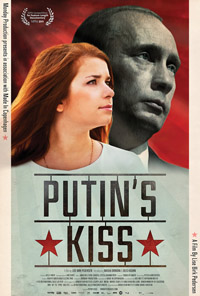 |
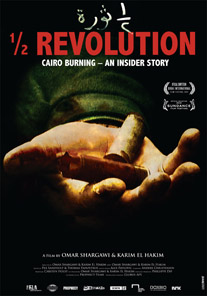 |
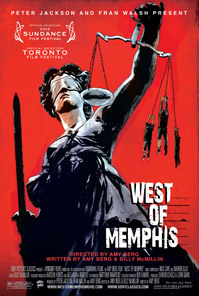 |
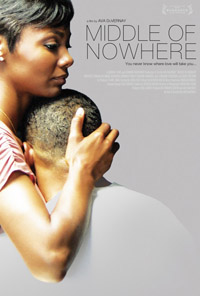 |
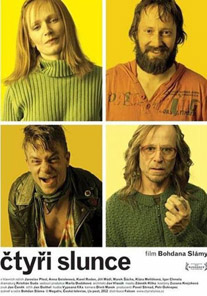 |
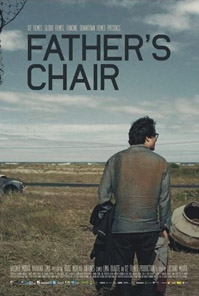 |
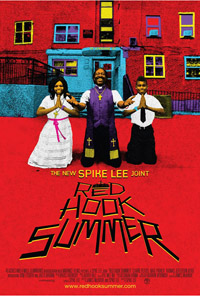 |
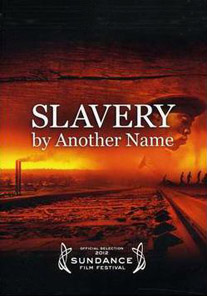 |
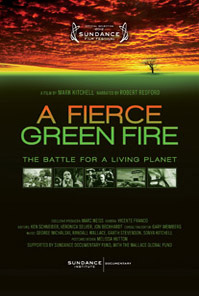 |
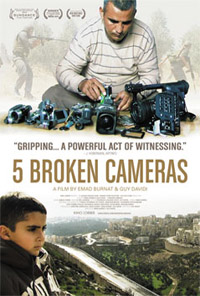 |
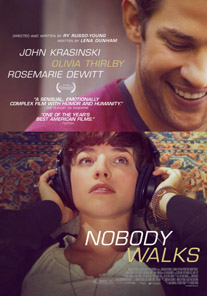 |
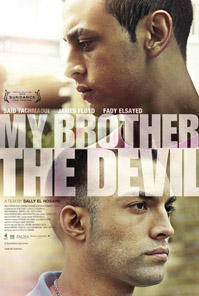 |
